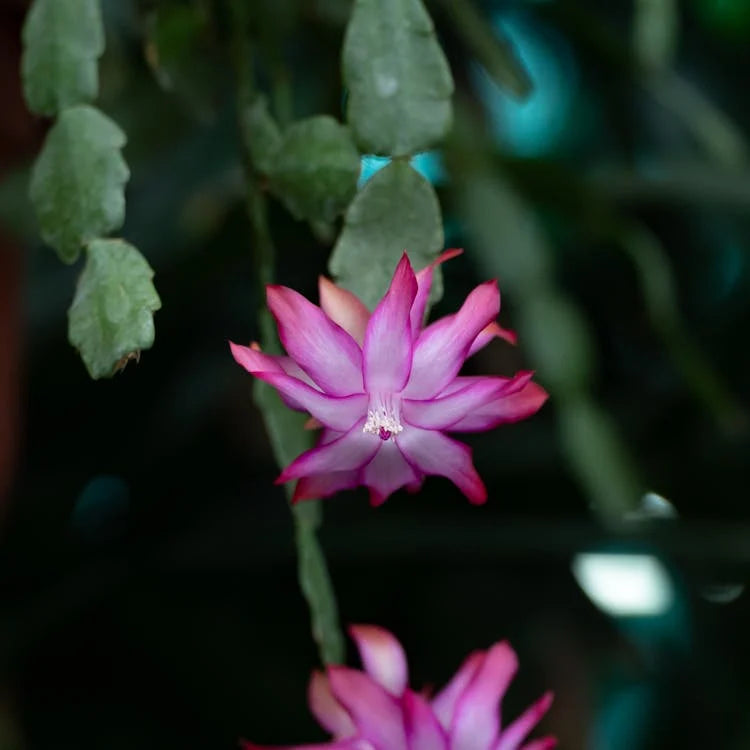
Background and history of Schlumbergera – Christmas Cactus
Share
The Schlumbergera has a fascinating history that begins in the humid rainforests of Brazil. Unlike most cacti, which grow in dry desert areas, the Christmas Cactus is an epiphytic plant that attaches itself to trees or rocks. It grows in the shady, moist environment of the rainforest, drawing nutrients from the air and rainwater.
The plant was first described in the 19th century and named after Frédéric Schlumberger, a French cactus collector. Since then, Schlumbergera has become popular in homes around the world, especially for its flowering around Christmas.
The Christmas cactus also has a symbolic meaning. In various cultures, it is seen as a symbol of hope, patience and perseverance, due to its ability to bloom during the dark winter months. In addition, it is often associated with friendship and family, making it a popular gift during the holidays.
The hybrid varieties sold today are the result of years of crossbreeding and breeding. This has resulted in many varieties of Schlumbergera , with flowers in different colours and shapes.
Although Schlumbergera is most commonly known as the Christmas Cactus, it also goes by other seasonal names. For example, it is sometimes called the “Thanksgiving Cactus” when it blooms in November, and the “Easter Cactus” when it produces flowers in the spring. This makes it a versatile addition that can bloom all year long.
With its rich history, striking appearance and easy care, the Schlumbergera remains one of the most beloved houseplants, especially during the holidays.
